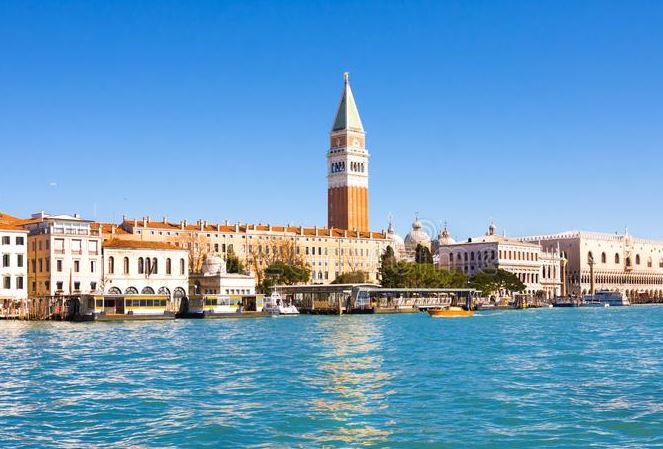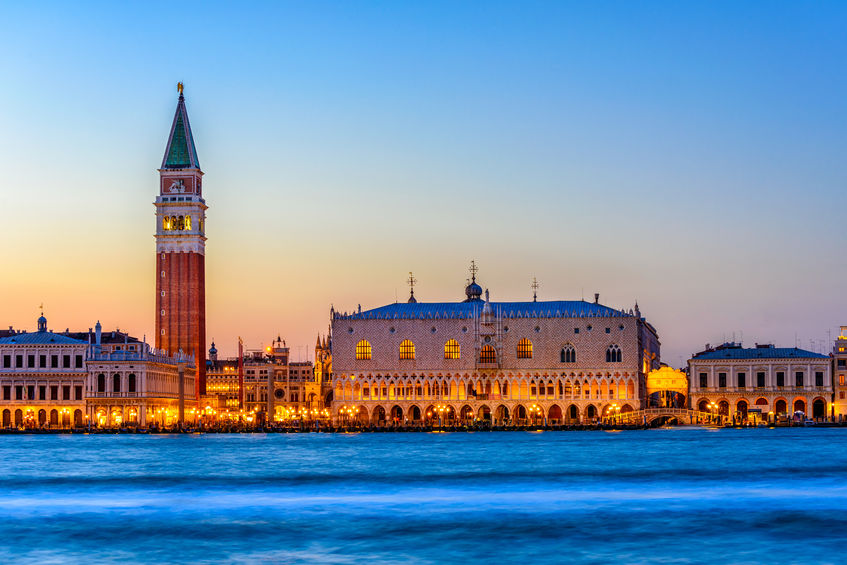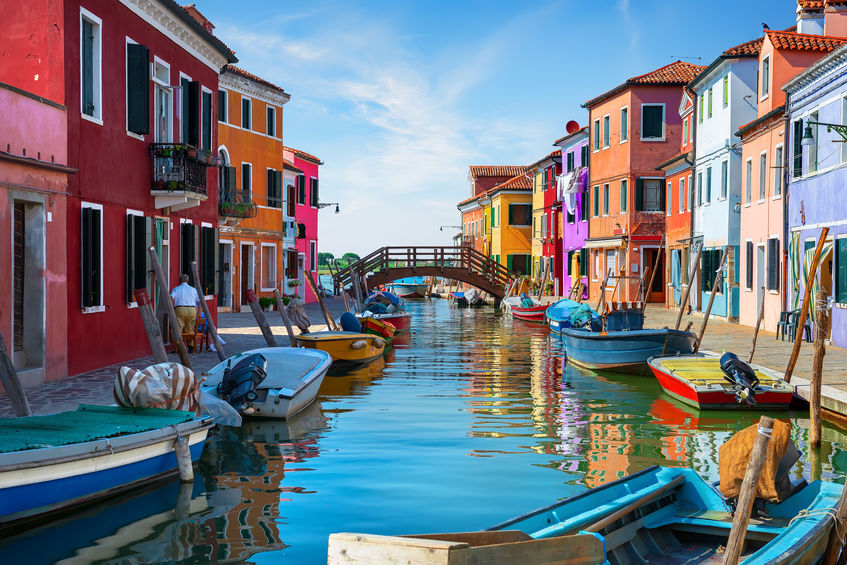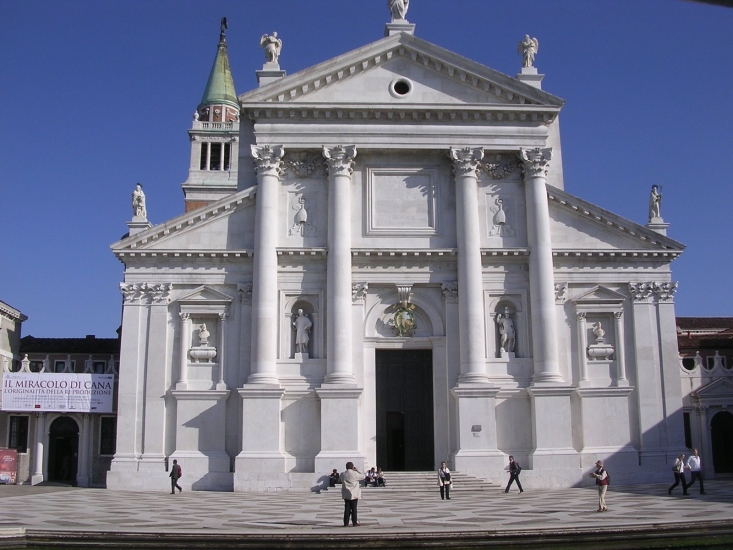Rome and Venice are an incomparable pair, the power and mystery of Italy. Explore Rome with a professional photographer for stellar shots of the Eternal City. (Enjoy a celebratory Aperitivo.) Skip the lines for the Vatican Museums and the Sistine Chapel. Enjoy a traditional Rome food tour by sunset. Walk the Colosseum grounds and hear its stories.
Fall under the spell of Venice with a gondola ride past Venetian palaces. Walk through the labyrinth of lanes, footbridges, and hidden pockets, and dip into artisan shops. See the oldest church in Venice, built in the 5th century—it survived through tragedy and heroics. Discover the ancient art of glassblowing, lush lagoons, and dine in elegant homes. The wonder of Rome and Venice are yours!
Included Unique Activities
- Roman Golf Cart Photography Tour
- Semi-Private Vatican Museum Tour
- Traditional Rome Food Tour by Sunset
- Colosseum & Ancient Rome Tour with Priority Access
- St Mark's Basilica and Venice Walking Tour with Gondola Ride
- Venetian Islands Boat Tour
- Venice Cooking Class
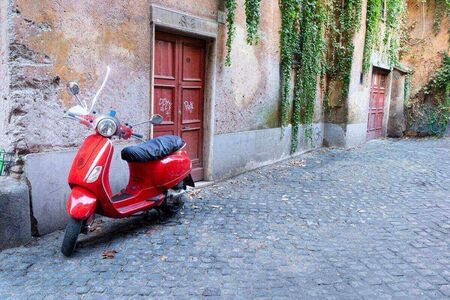
Golf Cart Photo Tour
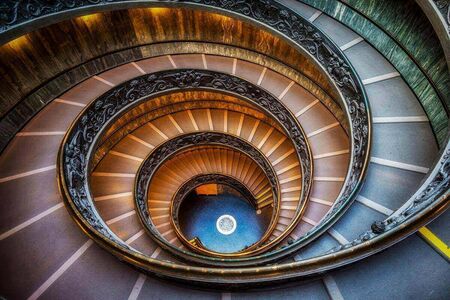
Early Morning Vatican Tour - Semi-Private
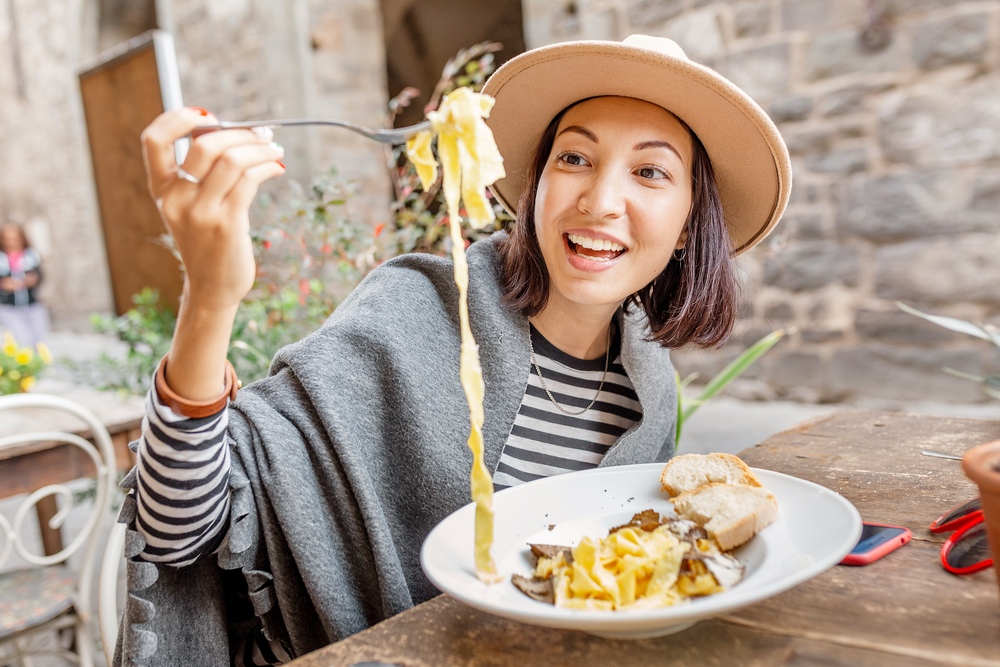
Prati by Sunset - The Roman Food Tour
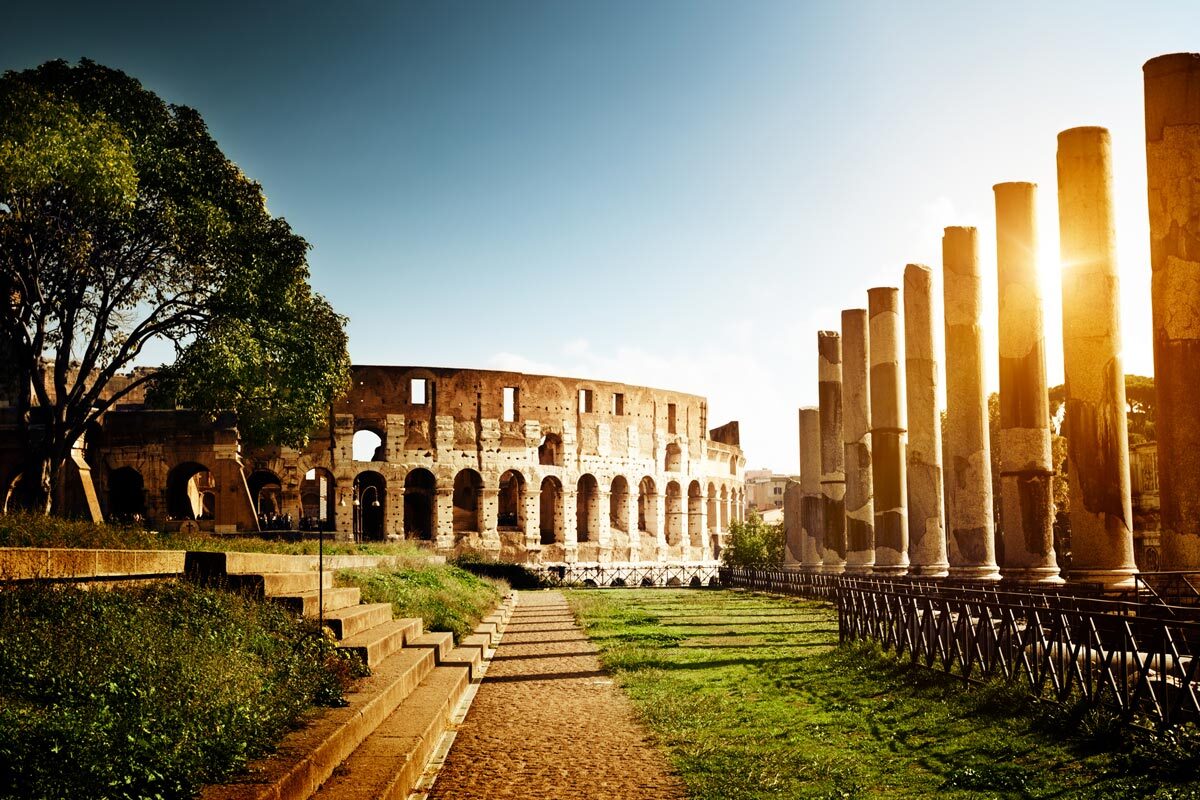
The Best of Colosseum & Ancient Rome with Exclusive Arena Access

Murano & Burano Small Group Boat Tour
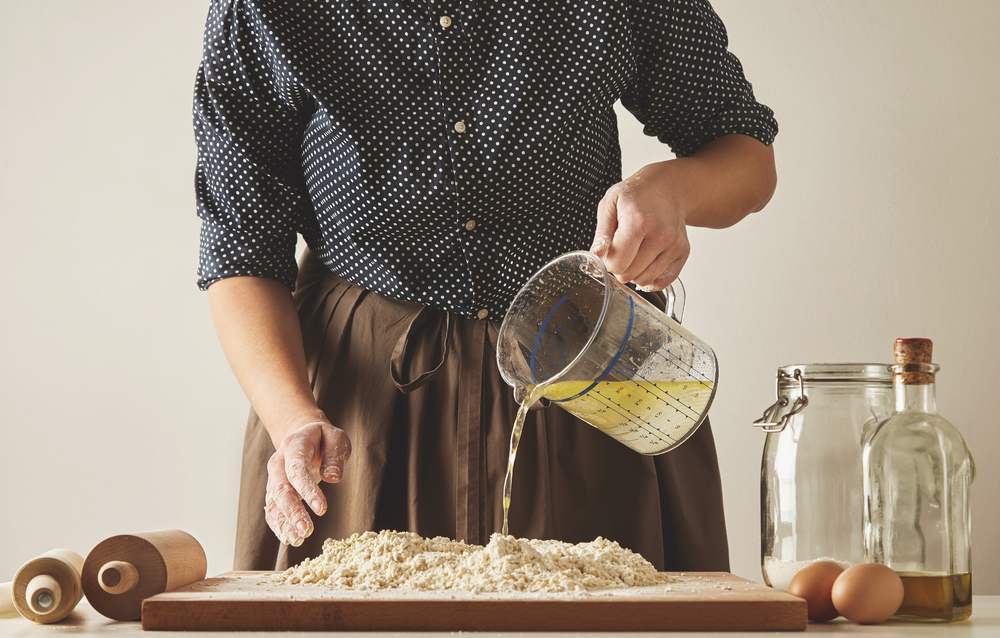
Classic Venice Cooking Class
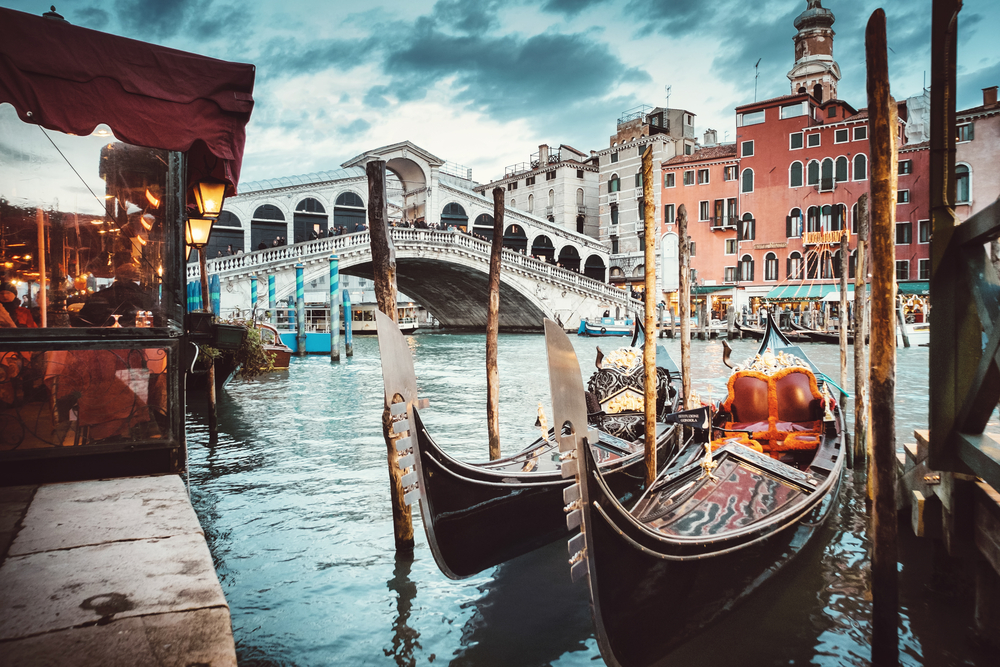
Welcome to Venice: Gondola Ride, Walking Tour & St Mark's
Accommodations
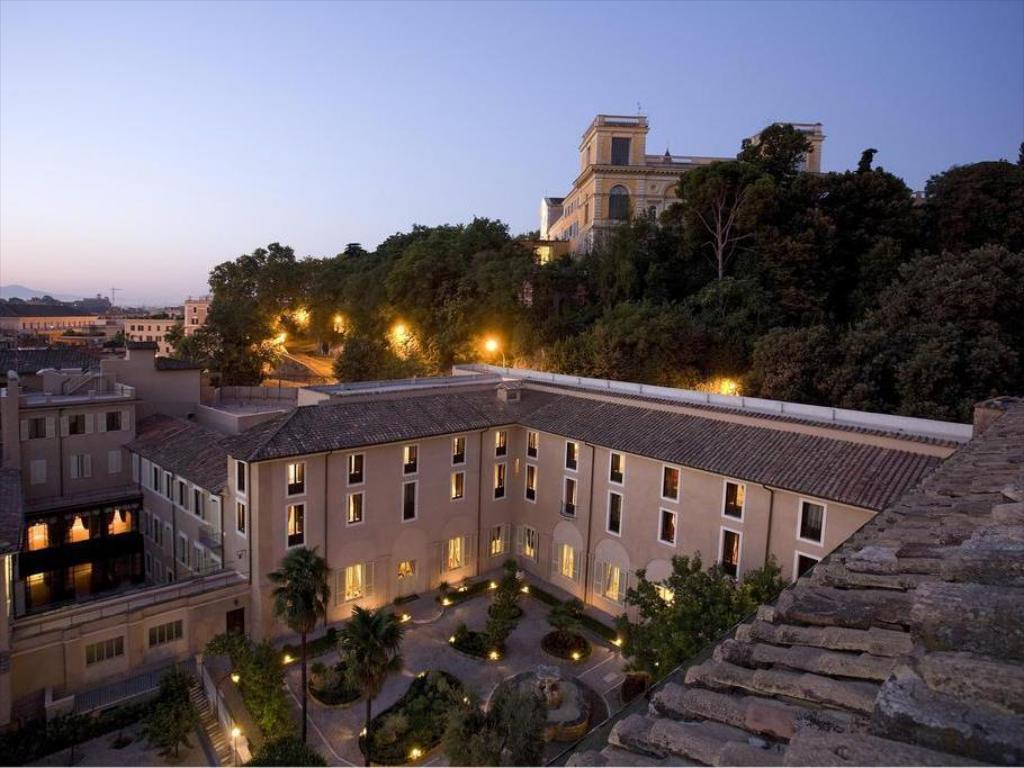
3 Nights
4-Star Baroque Historic Gem Hotel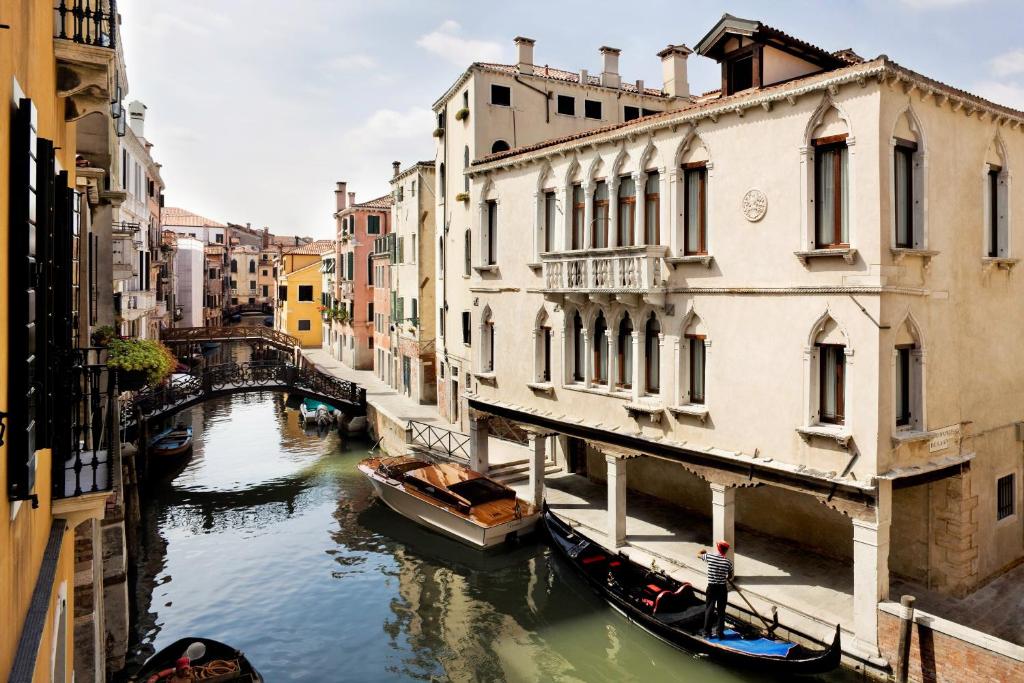
3 Nights
4 Star Authentic Venetian PrestigeTransportation and Guides
- Meet & Greet with Private Transfer from Rome Airport on Arrival
- Train from Rome to Venice
- Venice Train Station Meet & Greet Transfer
- Private Transfer to Venice Airport on Departure
Meals Included
- 6 Gourmet Italian Breakfasts
- Roman Food Tour by Sunset
- Classic Cooking Class in Venice
Points of Interest
- The Sacred Sistine Chapel
- The Eternal City's Most Picturesque Locations
- Authentic Roman Family Dinner
- Venice Grand Canal and Ponte Rialto
- Stunning Byzantine Architecture of St Mark's Basilica
- Glass Blowing in Murano
- Brightly Colored Houses in Burano
- The Devil's Bridge in Lush Lagoon Island Torcello
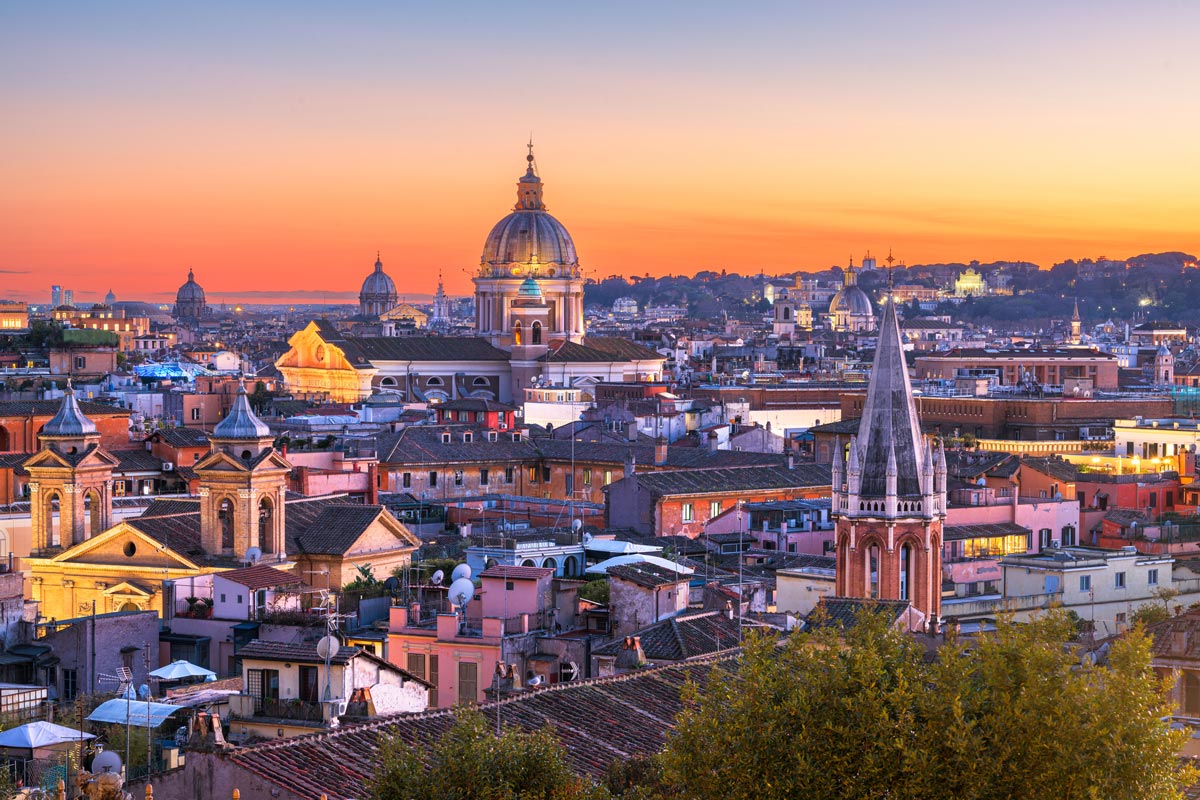
Historic Center of Rome, Lazio Region
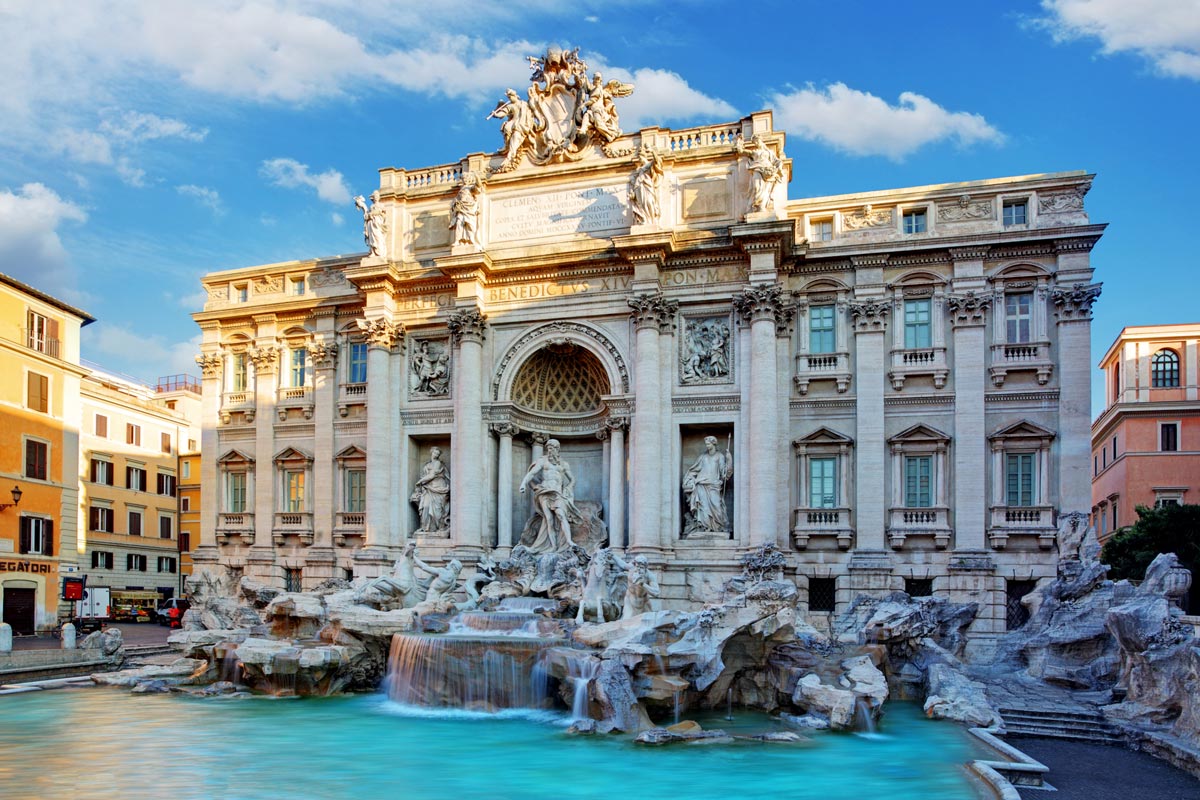
Trevi Fountain, Rome, Lazio Region
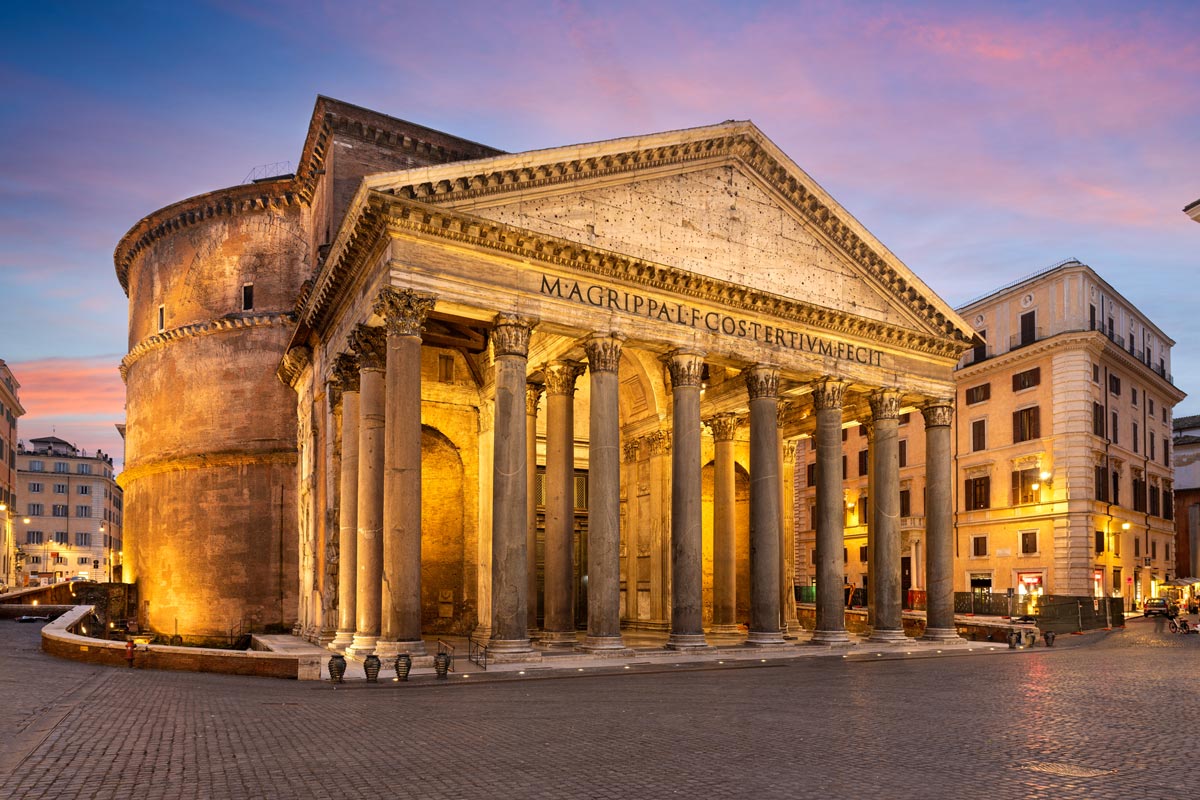
Pantheon, Rome, Lazio Region
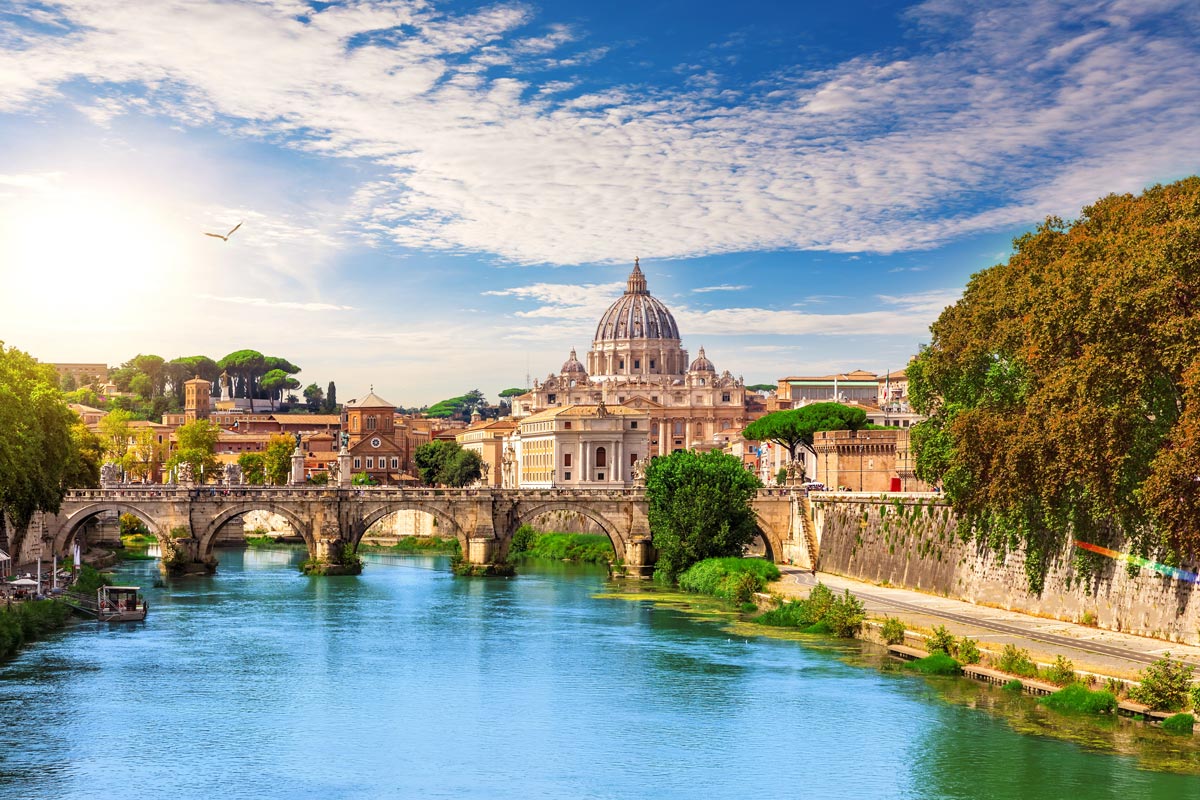
Rome, Lazio Region
_(2476394326) (1).jpg)
Sistine Chapel, Rome, Lazio Region
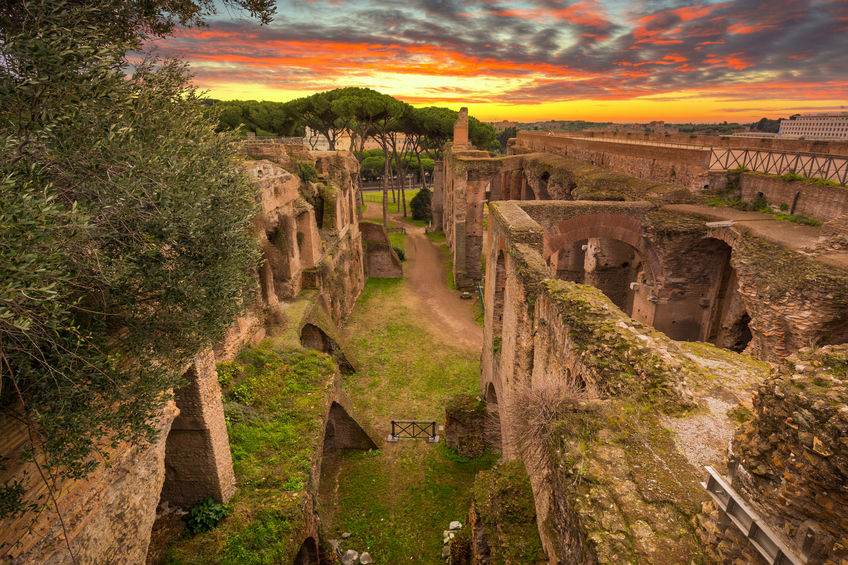
Palatine Hill, Rome, Lazio Region
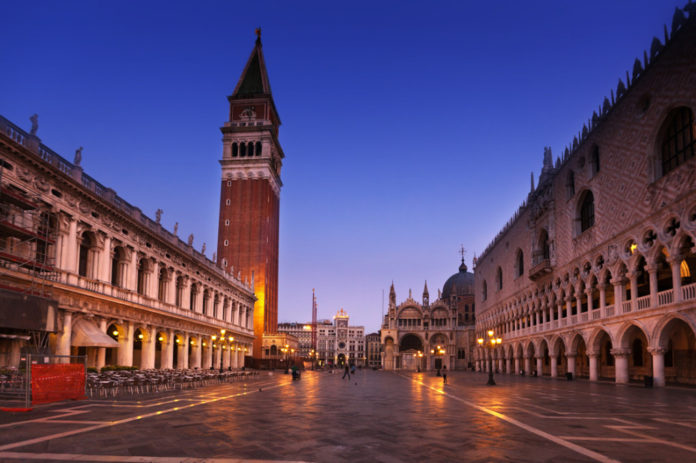
Piazza San Marco, Venice, Veneto Region
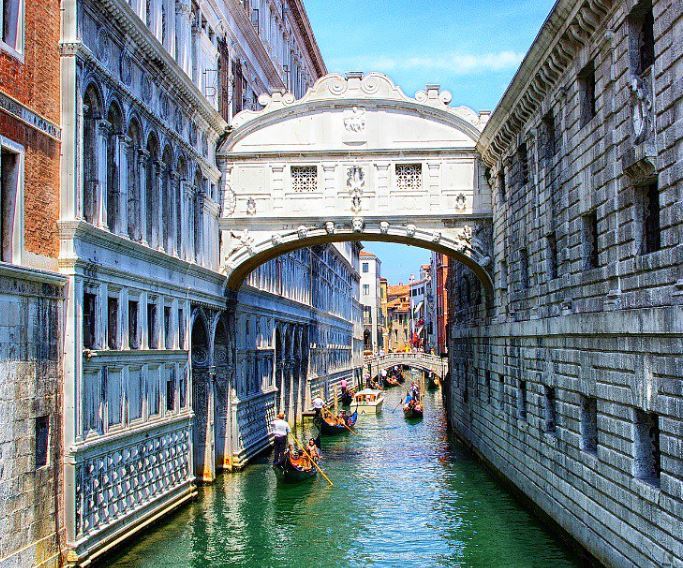
Bridge of Sighs, Venice, Veneto Region
UNESCO World Heritage sites

Historic Center of Rome
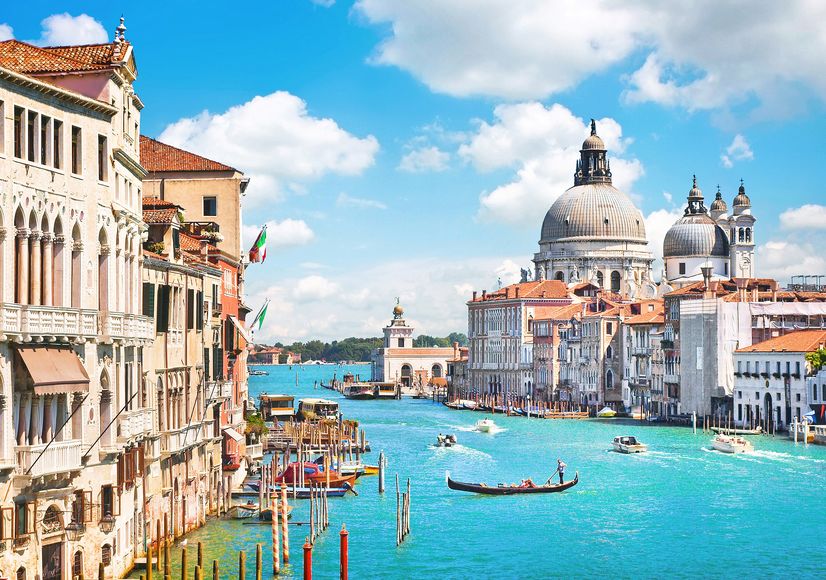
Venice
2025
Available Dates
Nov, Dec
From $5,321 per person
2026 LOW SEASON
Available Dates
Jan, Feb, Mar, Nov, Dec
From $4,730 per person
2026 MID SEASON
Available Dates
Apr, Jul, Aug
From $5,560 per person
2026 HIGH SEASON
Available Dates
May, Jun, Sep, Oct
From $6,236 per person
Your Price Includes
ACCOMMODATION
- 6-nights 4-Star Italian Hotels
TRANSPORTATION
- Meet & Greet with Private Transfer from Rome Airport on Arrival
- Train from Rome to Venice
- Venice Train Station Meet & Greet Transfer
- Private Transfer to Venice Airport on Departure
DINING OPTIONS INCLUDED
- 6 Gourmet Italian Breakfasts
- Traditional Roman Food Tour by Sunset
- Classic Cooking Class in Venice
UNIQUE EXPERIENCES
- Roman Golf Cart Photography Tour
- Semi-Private Vatican Museum Tour
- Rome Food Tour by Sunset
- Colosseum & Ancient Rome Tour with Priority Access
- St Mark's Basilica and Venice Walking Tour with Gondola Ride
- Venetian Islands Boat Tour
- Venice Cooking Class
POINTS OF INTEREST
- The Sacred Sistine Chapel
- The Eternal City's Most Picturesque Locations
- Authentic Roman Family Dinner
- Venice Grand Canal and Ponte Rialto
- Stunning Byzantine Architecture of St Mark's Basilica
- Glass Blowing in Murano
- Brightly Colored Houses in Burano
- The Devil's Bridge in Lush Lagoon Island Torcello
Prices Based On
- All Taxes & Fees Included
- Custom Priced Quote (Want to Add/Subtract Days? Let Us Know!)
- Self-guided vacation package. Choose any date to begin your travels.
- Prices are per person based on 2 people traveling together and sharing a room.
- Traveling alone? No problem. Just ask us for a single supplement price.
"A Complicated Itinerary Made Easy"
Nov 24, 2025Scottdale
Lauren did an excellent job with my clients! She was so helpful in a very unique and complicated trip for a solo traveler. We combined it with some Air BnB that my client did and lauren was so great! Thank you again for being amazing to work with!
"Pleasure, Memory tour In Ireland"
Nov 15, 2025VA
YES! Joleen put together a wonderful itinerary for my return trip to Ashford and Dromoland Castles in Ireland. The drivers and transfers were very pleasant and always on time with very comfortable luxury transports. The castle hotels were exactly what I expected but I think Joleen must have said things in the booking process because it seemed as though they may have stepped their normal attention to details up a bit. The upgrade at Dromoland was unexpected but much appreciated! Truly felt like a prince at both locations and all things went as planned without any problems. Thank you, your staff and especially Joleen for all that was done to make this a trip to remember!
"My clients were SO happy with their Italy trip"
Nov 10, 2025Missouri
I worked with Ellie at Authentic Vacations to plan a client's trip to Italy. Not only were the clients SO happy with the itinerary that Ellie crafted, but as the travel advisor, working with Authentic made the whole process seamless and stress-free!
My clients toured around Florence, Rome, and Tuscany. They were sending me pictures throughout their trip, letting me know that I "nailed" the itinerary. Authentic Vacations and its staff really understand the destinations and what travelers are truly looking for.
On the travel advisor side, it was an absolute joy from start to finish working with Ellie. She was always quick to respond and available to help in any way. I truly can't wait to work together in the future!
"Fantastic Vacation in Scotland"
Nov 3, 2025Louisville
My clients just returned from Scotland and Ireland and had a fantastic vacation. I appreciate the fast responses and knowledge in creating custom itineraries and have confidence that everything will be perfect for my clients. I love working with Authentic Vacations!
"Mother & Son vacation to Ireland"
Oct 23, 2025Lynnwood, WA
Lauren was a fantastic consultant to help me craft a great trip for my clients who were a mother and son duo who wanted to travel to Ireland. They loved Dublin and their hotel was top notch, well located and she had fun learning about the history of the hotel as well. Another highlight was the horse-and-carriage ride in Killarney.
"Amazing Ireland Guided Vacation"
Oct 21, 2025Minneapolis
The best part of our 8-day tour of Ireland? Tour director Joan.
Joan is a perfect blend of group director, logistics manager, guide, travel buddy and fun entertainer. Her knowledge is wide and her demeanor is lively, always full of sunshine (even if the weather is not). Joan clearly understands group dynamics with the ability to easily and subtly adjust an itinerary when warranted.
Each day of our tour included historical insight from Joan with her personal lore added for context, answers to every type of question with interesting explanations, and even an occasional folk song beautifully sung. When she granted us entry into the cathedral in Killarney - her home church and school when growing up - the experience became personal and moving.
I'm certain every member of our group of 17 wants to travel again with Joan because of her gracious and fun expertise. Thank you Joan and Authentic Vacations!
"Our confidence in Authentic Vacations is sky-high"
Oct 16, 2025Acton, MA
We returned back from our Italy vacation last week and we just wanted to thank you for what you and your team at Authentic Vacations set up for us.
As in our previous trip with your company, EVERY single private transfer and tour was ready and waiting for us -- everything went without a hitch (excepting our flight to Italy which was delayed for 22 hours and cost us to lose a full day -- no fault of your company). The hotels were incredible; some of the largest rooms I've ever seen in Europe, and the service at each was precisely what one would want; doting without being intrusive. The LivTours excursions were mostly good. The guides were very knowledgeable and hospitable at each one. The only exception was the Colosseum tour in Rome, where we felt we didn't get a tour that was commensurate with the cost (it only took us to the Colosseum floor and was only about 90 min. long -- not the 3 hour tour we expected).
However, that one criticism certainly doesn't diminish the fact that we enjoyed the trip of a lifetime. We met our last remaining Italian cousins in Ascoli Piceno, who brought us up in the mountains to the village where my grandfather was born, a day we shall never forget.
There was one destination that totally surprised us; the little city in Marche called Ascoli Piceno. This is the largest city near my Grandfather's village of Pretare, about 15 miles inland from the Adriatic coast. You found a hotel for us there called the Palazzo dei Mercanti, which was built in the 1400s and was redeveloped about 15 years ago as an upscale hotel. The hotel and its staff were marvelous (even calling our cousins for us, who speak only Italian), with modern amenities in a building with ancient ambience. But the real charm here is the city itself. Ascoli has a piazza, the Piazza del Popolo, which is almost completely untouched by the modern world. It has all the charm of Florence without the crowds. If one wants to enjoy Old Italy and they're on the East coast of Italy, this is a must see.
After two trips with you, our confidence in Authentic Vacations is sky-high. Every little detail is done, and we're able to enjoy our trip without worry. From the tickets for the excursions right down to the chocolates on the pillows at night, you provide a complete service for your customers. Please pass along our thanks to the group you have in Italy, as I know they played a large part in making the arrangements. They were even able to switch our tour of Pompeii/Mt. Vesuvius to a different day when our plane arrived a day late! And Jen, our agent, was very helpful in giving us the information we needed to make the claim with our travel insurance. You folks are the best!
"Best vacation my clients had ever taken!"
Sep 18, 2025Oregon
I am a travel advisor and recently sent two couples on the 8 night Enchanted Ireland revealed trip. Both couples came back raving about how much they loved this trip. They thought their guide Joan was fabulous and loved the driver Damian. Both couples said it was one of the best vacations they had ever taken! Thanks Authentic Vacations! I love happy clients!
1. Click the “GET QUOTE” Button Above.
Complete our inquiry form by selecting your departure date, and all other relevant fields. Be sure to let us know if you're traveling for a special occasion! We can adjust most of our vacation packages to suit your needs, based on the details you provide.
2. Online Account & Quote Created
Your request will be forwarded to our team of Destination Experts, and a price quote will be prepared, based on your submitted preferences and criteria. A free Authentic Vacations online account will also be created, allowing you to view and request changes to your quote at any time. Log into your account via “LOGIN” at the top of any of our webpages.
3. Fine-Tune Your Tour Quote
Work with your assigned Destination Expert to tweak your quote in any way you wish. Our customers continually tell us that our flexibility in this regard is exceptional – your Destination Expert’s sole brief is to create the perfect tour for you!
4. Reserve & Pay Online
Once your quote is 100% to your liking, you can pay for your package with your credit card via your Authentic Vacations online account. We also accept payment by personal check and wire transfer. We only require a 20% deposit to secure your vacation, and our Risk-Free Cancellation Policy provides you with complete peace of mind.
5. Print Your Travel Documents & Go!
Once your vacation has been paid in full, you will be able to print your travel documents directly from your online account. You’re ready to embark on your ideal, authentic vacation!!
Questions?
If you would prefer to discuss your perfect vacation on the phone, we would be delighted to hear from you! Our Destination Experts are standing-by and looking forward to speaking with you at any time during our business hours listed below. We also operate a very responsive and efficient Live Chat service on our website…instant gratification awaits!
Toll-free from the US and Canada: 1-888-443-5259 Rest of World: +1-707-687-0191
Hours of Business:
Monday – Thursday: 7:00am – 5:00pm PST
Friday: 7:00am – 4:00pm PST
Saturday: 6:00am – 3:00pm PST
Sunday: 6:00am – 3:00pm PST
With offices in Scottsdale, San Francisco, London, Dublin, Copenhagen and Edinburgh, we can offer you unrivaled support while you are abroad. We truly believe all our clients deserve an extraordinary, authentic experience!
 My Trips
My Trips 


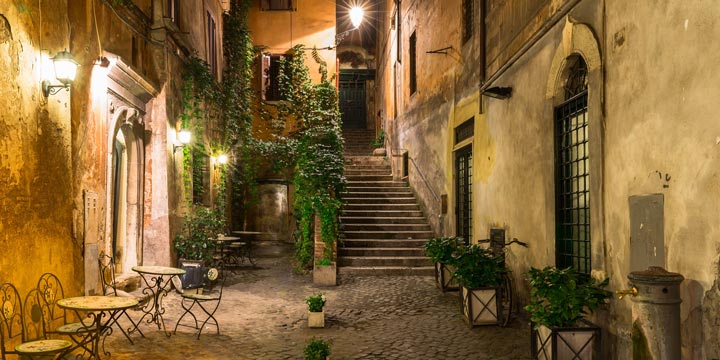
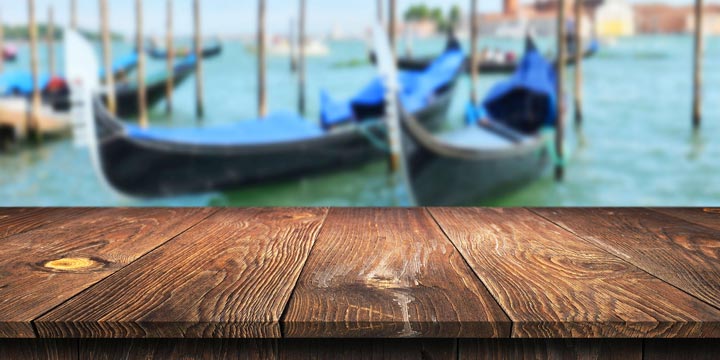
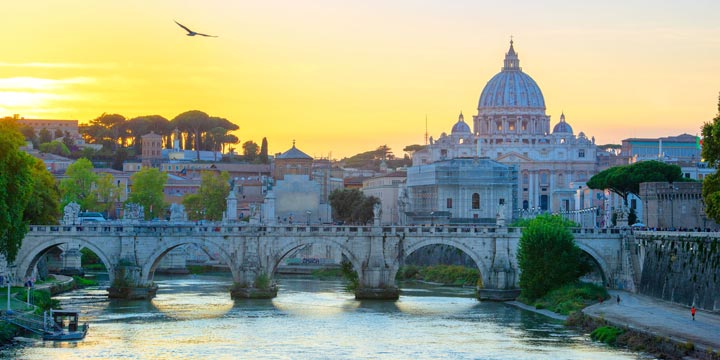
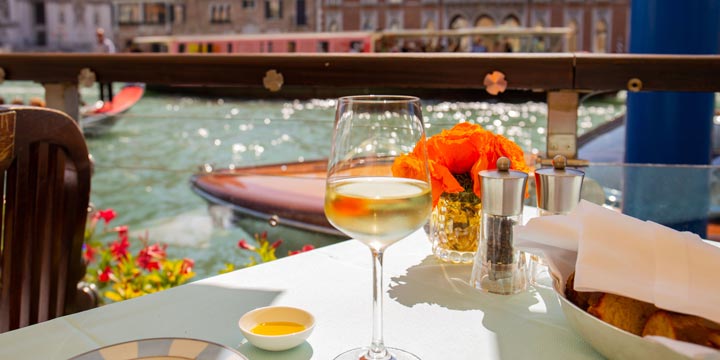
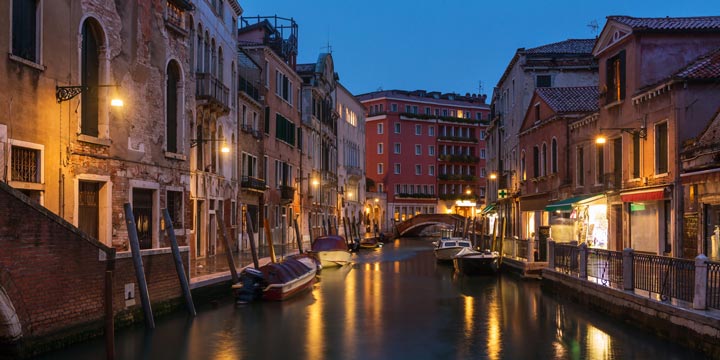
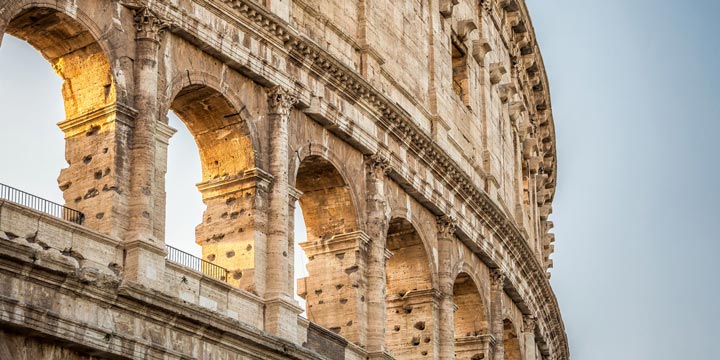







_(2476394326) (1).jpg)








